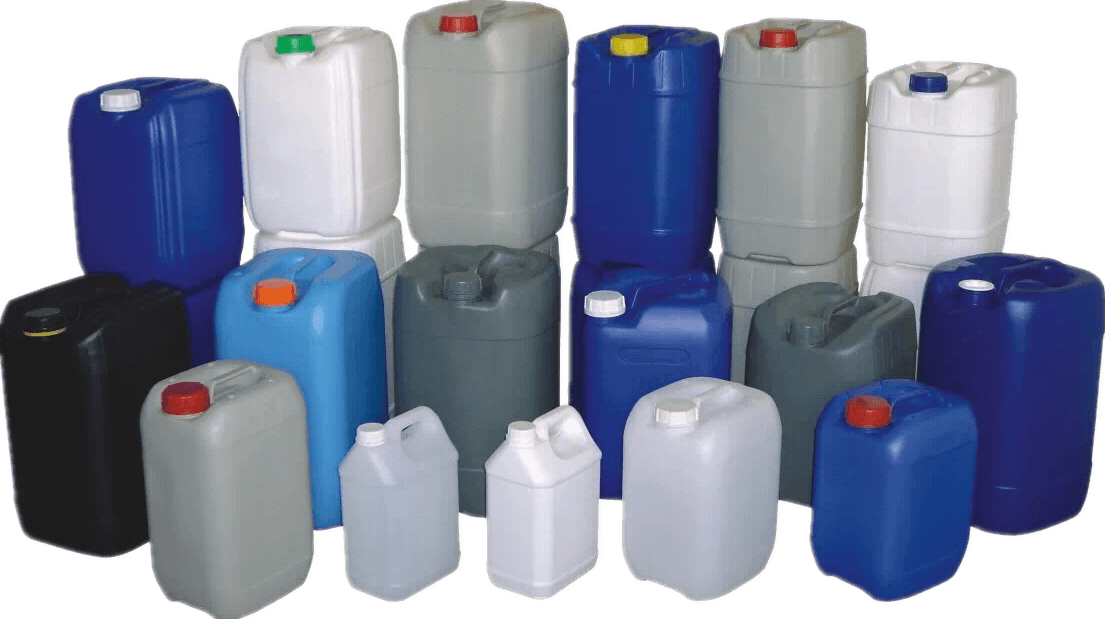The production of blow-molded products is a sophisticated process that demands precision and meticulous attention to detail. Among the challenges faced in this manufacturing technique, product deformation stands out as a common and intricate issue. Deformation occurs when the external shape of the product deviates from the intended mold cavity shape, presenting challenges in both production efficiency and product quality.
This article delves into the causes and solutions of blow molding product deformation, recognizing its significance in evaluating product quality and managing production costs.

Causes of Deformation in Blow-Molded Products:
1. Inadequate Cooling:
One of the primary contributors to deformation is inadequate cooling during the molding process. If the product is not allowed sufficient time to cool and solidify within the mold, it may undergo shape changes as it is demolded, resulting in various deformations.
2. Material Selection and Quality:
The choice of materials plays a crucial role in the susceptibility of blow-molded products to deformation. Inconsistent material properties or poor-quality raw materials can lead to uneven cooling rates and structural instability, causing deformation issues.
3. Mold Design and Maintenance:
Inaccuracies or imperfections in mold design can contribute to deformation. Poorly designed molds may not provide uniform pressure distribution, leading to uneven material distribution and subsequent deformation. Regular maintenance of molds is essential to ensure their continued precision.
4. Processing Parameters:
The settings on the blow molding machine, including temperature, pressure, and timing, significantly impact the final product. Deviations from optimal processing parameters may result in uneven material distribution, wall thickness variations, and ultimately, deformation.
5. Air Traps and Entrapped Air:
Entrapped air or air traps within the product during the molding process can create uneven pressure distribution, leading to localized deformations. Proper venting and evacuation of air pockets are critical to prevent this issue.
Solutions to Mitigate Deformation:
1. Optimized Cooling Processes:
Implementing effective cooling strategies is crucial. This includes optimizing cooling times based on product size and complexity, ensuring even cooling throughout the product, and employing advanced cooling technologies in the mold design.
2. Material Quality Control:
Rigorous quality control measures for raw materials help ensure consistency and stability in material properties. Using high-quality materials with well-defined characteristics reduces the risk of deformation and enhances the overall performance of blow-molded products.
3. Mold Design and Maintenance:
Regular inspection and maintenance of molds are essential. Investing in precision mold design that promotes even material distribution and employing high-quality materials in mold construction contribute to reducing deformation issues.
4. Optimized Processing Parameters:
Fine-tuning the parameters on the blow molding machine is crucial for preventing deformation. This includes maintaining optimal temperatures, pressures, and timing throughout the entire molding process to achieve uniform material distribution.
5. Effective Air Evacuation:
Addressing air traps and ensuring proper venting are critical steps in mitigating deformation. Improved mold designs with strategically placed vents, along with optimized blow molding machine settings, facilitate the efficient evacuation of air during the process.
Importance of Addressing Deformation:
1. Quality Assurance:
Minimizing deformation is vital for ensuring the quality and integrity of blow-molded products. Products with consistent shapes and dimensions enhance customer satisfaction and trust in the brand.
2. Cost Efficiency:
Deformations in products can lead to increased production costs due to higher scrap rates and the need for rework. By addressing deformation issues, manufacturers can enhance overall cost efficiency in the production process.
3. Brand Reputation:
Consistent product quality contributes to a positive brand reputation. Manufacturers that consistently deliver deformation-free blow-molded products establish themselves as reliable and quality-driven entities within the industry.
In conclusion, understanding the causes and implementing effective solutions for blow-molded product deformation is crucial for maintaining high-quality standards and cost efficiency in the manufacturing process.
By addressing issues related to cooling, material quality, mold design, processing parameters, and air evacuation, manufacturers can enhance the overall performance and reliability of their blow-molded products, thereby securing a competitive edge in the industry.















